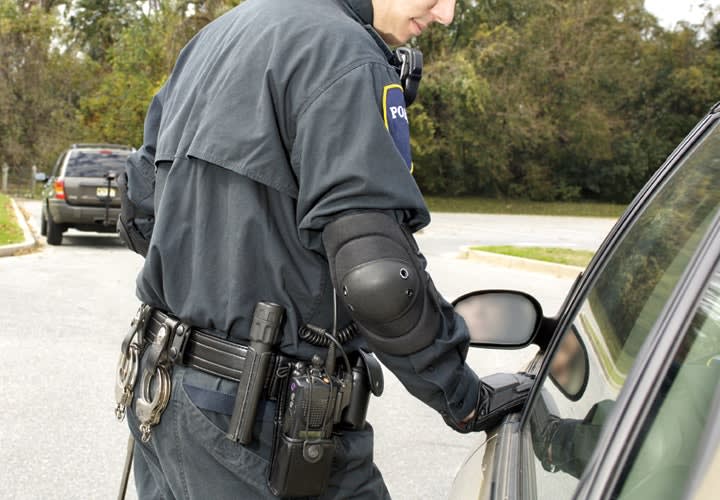It was not until 1968 that the need for a standard lower than PC was recognized by the Supreme Court. In Terry v. Ohio, the court confronted defense challenges to both the detention of a robbery suspect and the weapons frisk that disclosed the gun he sought to suppress. The court noted that a temporary investigative detention is less of an infringement of a person's liberty than arresting him and taking him into custody. Therefore, said the court, police need not have as much justification for this lower level of restraint as the probable cause that would have been required to make an arrest. The court called this lower justification standard for detentions "reasonable suspicion."
This discussion shows why it is a mistake to use the expression "PC for the stop," which mismatches a higher level of justification with a lower level of infringement of individual liberty. "In Terry v. Ohio, we held that the police can stop and briefly detain a person for investigative purposes if the officer has a reasonable suspicion supported by articulable facts that criminal activity is afoot, even if the officer lacks probable cause." (U.S. v. Sokolow)
As for the weapons pat-down search of Terry, the court recognized that an officer-safety search limited to a frisk of a suspect's outer clothing is less of an intrusion on the suspect's privacy than a full-scale search of everything he was wearing and carrying; this partial search could be justified, said the court, based on a reasonable suspicion that the person might be armed and dangerous, which would be less than the PC necessary for a thorough search.
As with the concept of "probable cause," the lower standard of "reasonable suspicion" was not easily defined. "The concept of reasonable suspicion, like probable cause, is not readily or even usefully reduced to a neat set of legal rules," but "the level of suspicion required for a Terry stop is obviously less demanding than that for probable cause." (U.S. v. Sokolow)
The court has said that both the quantity and the quality of information constituting reasonable suspicion may be below the level needed for PC. "Reasonable suspicion is a less demanding standard than probable cause not only in the sense that reasonable suspicion can be established with information that is different in quantity or content than that required to establish probable cause, but also in the sense that reasonable suspicion can arise from information that is less reliable than that required to show probable cause." (Alabama v. White)













